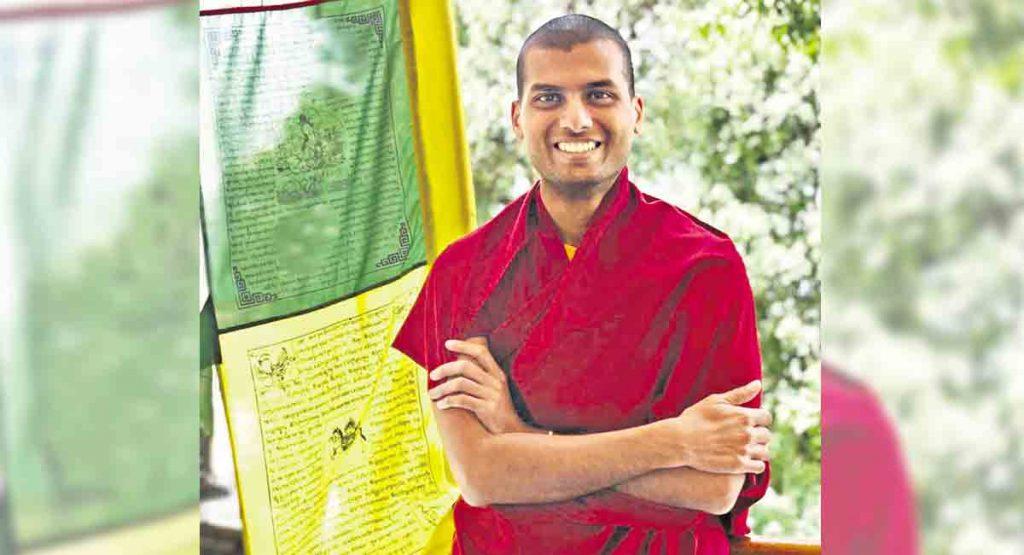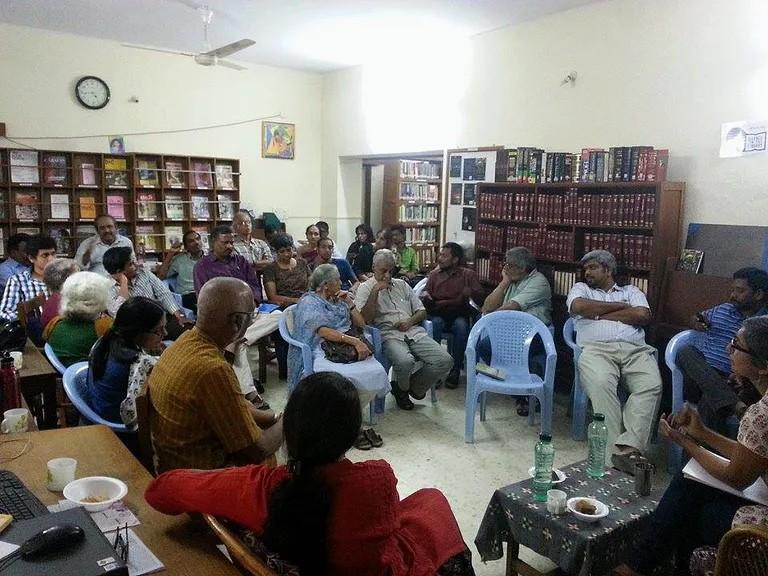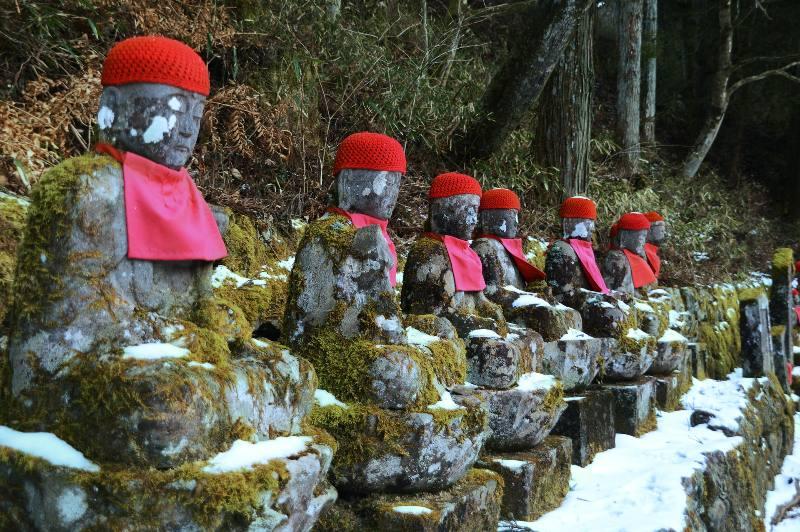A new documentary tells the story of the London nightclub where lesbian women found escape and acceptance
Lucia Cheng
Reporter
:focal(626x488:627x489)/https://tf-cmsv2-smithsonianmag-media.s3.amazonaws.com/filer_public/6a/0f/6a0f4373-1668-487e-b786-38a9782598c8/gateways_grind_ted_and_women_1950s.jpeg)
If you were a lesbian in Chelsea, London, between 1943 and 1985, then you may have found yourself standing outside of a dull green door at 239 Kings Road. After you whispered the password—“Dorothy”—and walked down a steep set of stairs, you would find “heaven,” as artist Maggi Hambling tells Screen Daily’s Nikki Baughan.
The smokey, windowless, 35-foot-long room was the site of Gateways, one of the world’s longest-running lesbian nightclubs, now the subject of director Jacquie Lawrence’s new documentary Gateways Grind. So named for a popular dance move, the bar was not a place to fall in love with women; it was a place to go home with them. But now, the famous club’s door has been painted white, leaving no trace that it was ever there.
“That’s the thing with lesbian landmarks,” says the writer and broadcaster Sandi Toksvig in the documentary. “They literally get painted over.”
/https://tf-cmsv2-smithsonianmag-media.s3.amazonaws.com/filer_public/83/a7/83a7fd6c-5b5f-4fad-b10f-6456b5ebb500/gateways_grind_lu_corfield_victoria_broom_kiss.jpg)
Lawrence made the documentary to bring attention to overlooked lesbian history. The stories of gay men, who historically faced criminal repercussions, are often more visible than lesbian women’s stories, says Lawrence.
“There are so many incredible documentaries and dramas which eradicate or minimize the role of lesbians, because Queen Victoria said we didn’t exist,” Lawrence tells Jake Hall of PinkNews. “Because we weren’t criminalized, it’s like we weren’t there.”
As Chelsea gentrified, the bar started receiving complaints about loud music, eventually losing its late-night license. Shortly after, in 1985, Gateways closed for good, reports Flashbak’s Rob Baker.
“Posh people didn’t like lesbians spilling out onto the pavement at 11:30 p.m. every night of the week!” Lawrence tells PinkNews.
For the women at Gateways, the nightclub was like “heaven” because it was somewhere they could go to escape harsh societal expectations and be accepted for who they were, writes Screen Daily. Wearing trousers would get women banned from many restaurants; if not accompanied by a man, pubs were unpleasant places for women, as Flashbak writes.
Gateways began when course bookie Ted Ware won the lease in a bet in 1943. He initially offered the space to his lesbian friends, freshly banned from their old haunt the Bag O’Nails pub, reports Ginny Dougary for the Observer. After he married the actress Gina Cerrato in 1953, she took over running the club.
/https://tf-cmsv2-smithsonianmag-media.s3.amazonaws.com/filer_public/ea/11/ea11d48a-f801-473c-bdf2-a412bd19b279/gateways_grind_butches_at_the_bar.jpeg)
Gina was later joined by Smithy, a butch lesbian rumored to be her lover, and together they ran a tight ship. In the documentary, Gina is quoted as saying that Gateways is a place where “the bullshit didn’t have the upper hand.”
No guests were admitted after 10 p.m. Troublemakers were immediately banned, which was “more than just embarrassing, it was unbelievably inconvenient,” as the nearest alternative lesbian club was in Brighton, writes Flashbak. Snogging was strictly prohibited in the bar unless you were in the toilets. And as Screen Daily reports, the club’s requirement that its clientele “identify as either butch or femme, and behave accordingly” provoked some controversy.
But perhaps the most intriguing stories come from Gina’s brushes with fame. Women like writer Patricia Highsmith, LGBTQ poet laureate Trudy Howson and Stonewall co-founder Lisa Power graced Gateways’ dancefloor, as Christobel Hastings writes for Stylist. Sometimes, Mick Jagger would pass by Gateways on his way to Kings Road and speak to Gina.
/https://tf-cmsv2-smithsonianmag-media.s3.amazonaws.com/filer_public/8f/66/8f66690b-0dd8-442a-87a4-2e80a9ac913c/gateways_grind_gina_in_gateways_bar_with_oil_painting.jpg)
“My mum would be outside, taking deliveries, doing the laundry or whatever, and she said that he used to stop and talk quite often,” Gina’s daughter, also named Gina, tells the Observer. “And I was, like: ‘You mean, you knew Mick Jagger?’ And she said: ‘Oh yes, and he was always so kind and respectful. He wanted to come into the club, but I wouldn’t let him. He said: ‘Gina, please let me—I’ll wear a dress,’ and I said: ‘Darling, I can’t—it’s women-only.’”
Gateways was also the site of a pivotal ten minutes in the 1968 film The Killing of Sister George. Director Robert Aldrich decided to pay the regulars £10 each for the day’s filming rather than hire extras, per Flashbak. The resulting scenes showed the women “dancing, drinking and flirting just like any other Londoners in any other London club.”
But perhaps unexpectedly, the club refused to take any political stances. As writer Elizabeth Wilson tells Screen Daily, Gateways threw her out for attempting to distribute leaflets for the Gay Liberation Front—and when group members protested outside the club, they were arrested.
Although seemingly counterproductive, Gina’s intention was to offer her patrons protection in a society where being outed could mean losing everything. Even now, Lawrence tells PinkNews that she wanted to include more queer people of color in the documentary, but “there were some people who still can’t talk openly on-camera about being there.”
Although Gateways’ green door is now white, an ongoing campaign is underway to recognize the pivotal space in LGBTQ history with an official blue plaque. (While the plaque is supported by many prominent lesbians, the application to English Heritage is still pending.)
“It’s important to have that blue plaque,” Gina’s daughter tells the Observer, “because it’s a location that means an awful lot to people and something genuinely happened there.”
Lucia Cheng | READ MORE
Lucia Cheng is the Because of Her Story intern for summer 2022.








/cdn.vox-cdn.com/uploads/chorus_image/image/71025387/1373324215.0.jpg)